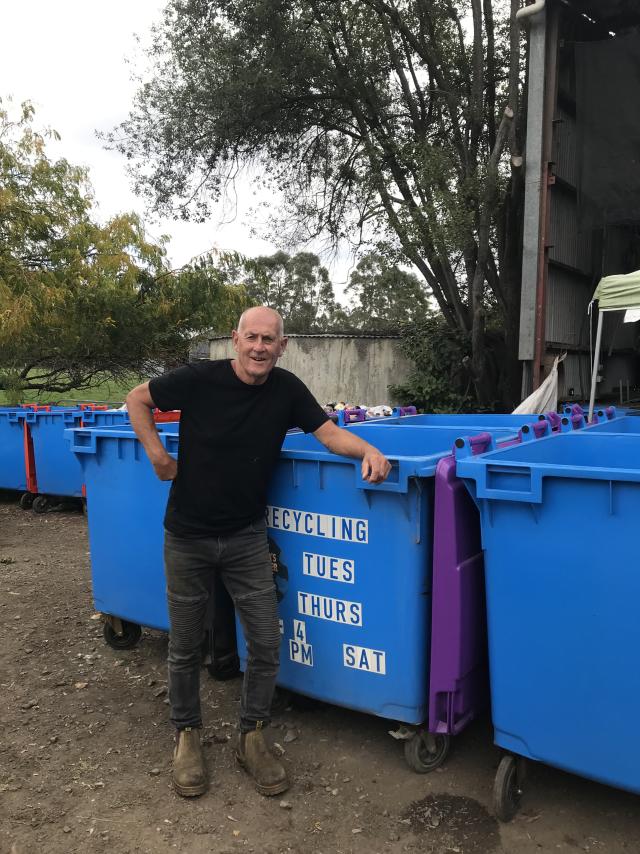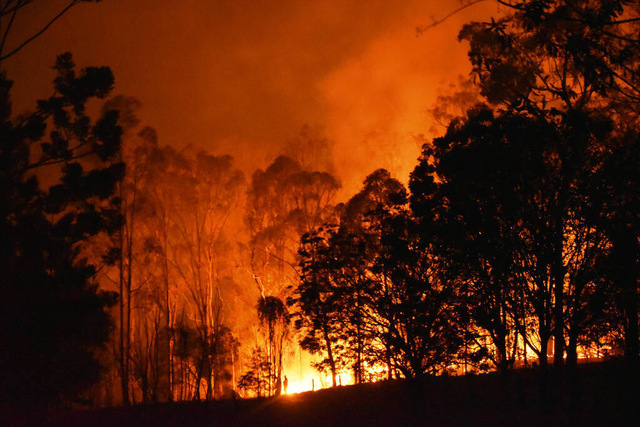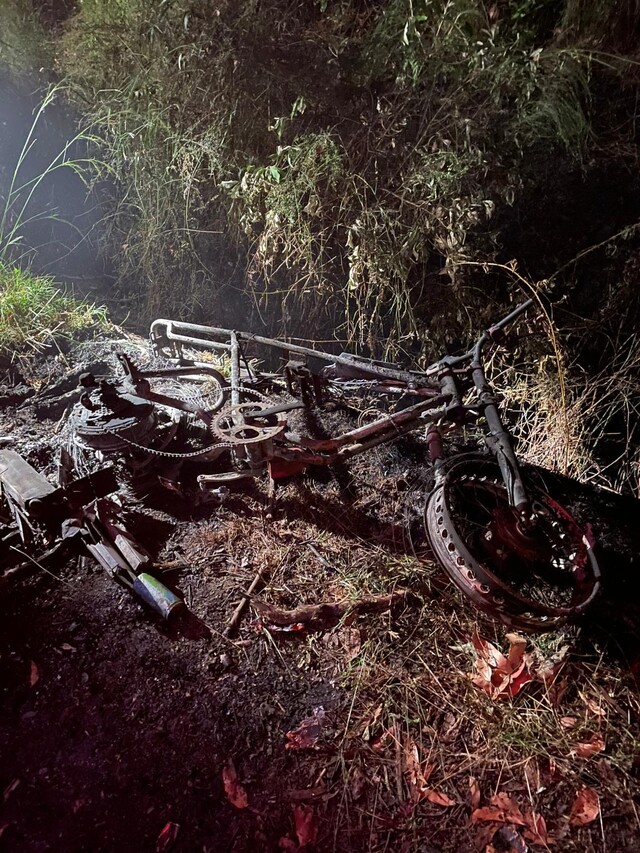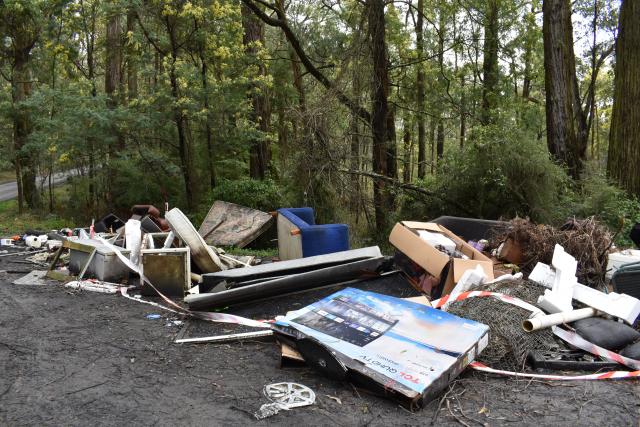By Kath Gannaway
THE science on salvage logging is being ignored in a grab to harvest timber burnt in the Black Saturday fires according to Central Highlands environment group My Environment.
VicForests, the State Government’s logging arm, moved quickly after last February’s fires to harvest 2000 hectares of burnt forest with an estimated value of more than $280 million dollars.
The salvage operation, they say, has financial and social benefits for the fire-affected communities as well as assisting in regeneration of the burn areas.
But My Environment says research by Professor David Lindenmayer of the Australian National University shows the type of clear-fell salvage model employed by VicForests will have long-term negative impacts.
Dr Lindenmayer’s findings are contained in “Salvage Logging and Its Ecological Consequences”, which contains a case study on mountain ash, and has sold thousands of copies worldwide.
He rejects claims that clear-fell salvage logging assists regeneration saying instead that it hinders the natural regeneration that occurs after a fire.
Prof Lindenmayer says the disturbance regime seen in clear-fell logging is done backwards in salvage logging.
“The forest is burnt in a high severity fire then you get a second major disturbance (harvesting) which is overlayed on top of that and the natural regeneration that comes up is trampled,” he explained.
Prof Lindenmayer said salvage logging can also have a detrimental affect on wildlife, removing trees which would provide hollows.
He said in six years of research around the world there had been some examples of economic benefits from salvage logging, and other examples where there was no economic benefit.
“But we were able to find no positive ecological outcomes anywhere and that’s because forests are not geared in an evolutionary way to deal with two major disturbances in rapid success,” he said.
The best ecological outcome, Prof Lindenmayer says, is to leave the forest to regenerate naturally.
“What happens if you leave the burnt trees is eventually they fall over and the carbon and nutrients in the logs return to the soil.
“You will then see a veritable wheat field of new generation seedlings all over the forest floor,” he said.
VicForest forestry scientist Michael Ryan acknowledges the work done by Prof Lindenmayer but says his work is solely a scientific perspective, which ignores the economic and social imperatives.
“Nobody wants to do salvage harvesting. It’s one of the things you do to minimise the long-term social and economic implications of the fires,” Mr Ryan said.
“We appreciate that there are always implications with actions and sometimes you have to look at what is the greater good. If you were not salvaging what is an important resource (burnt trees) you will be harvesting in other areas.”
Mr Ryan said forest areas had been salvage logged in the past and had recovered.
He said the DSE was looking back at the 1983 wildfire regeneration.
“I am thoroughly encouraging research that looks into these areas because I think it is very valuable,” he said.
“But I don’t think you don’t do anything because you don’t have 100 per cent knowledge of possible impacts – you work to minimise the impacts as opposed to don’t do anything,” he said.
Sarah Rees, My Environment president, says however the science is indisputable and it is the economic drivers which are setting the agenda.
“Just the sheer volume of trees being hauled out of those forests, most destined for woodchip, is devastating,” she said.
Logging the spoils
Digital Editions
-

Community angered at sudden shutdown of recycling point
The shutdown of a recycling deposit location at a Yarra Ranges egg farm has sparked outrage from the community. The Little Yarra Ranges Egg Farm…





